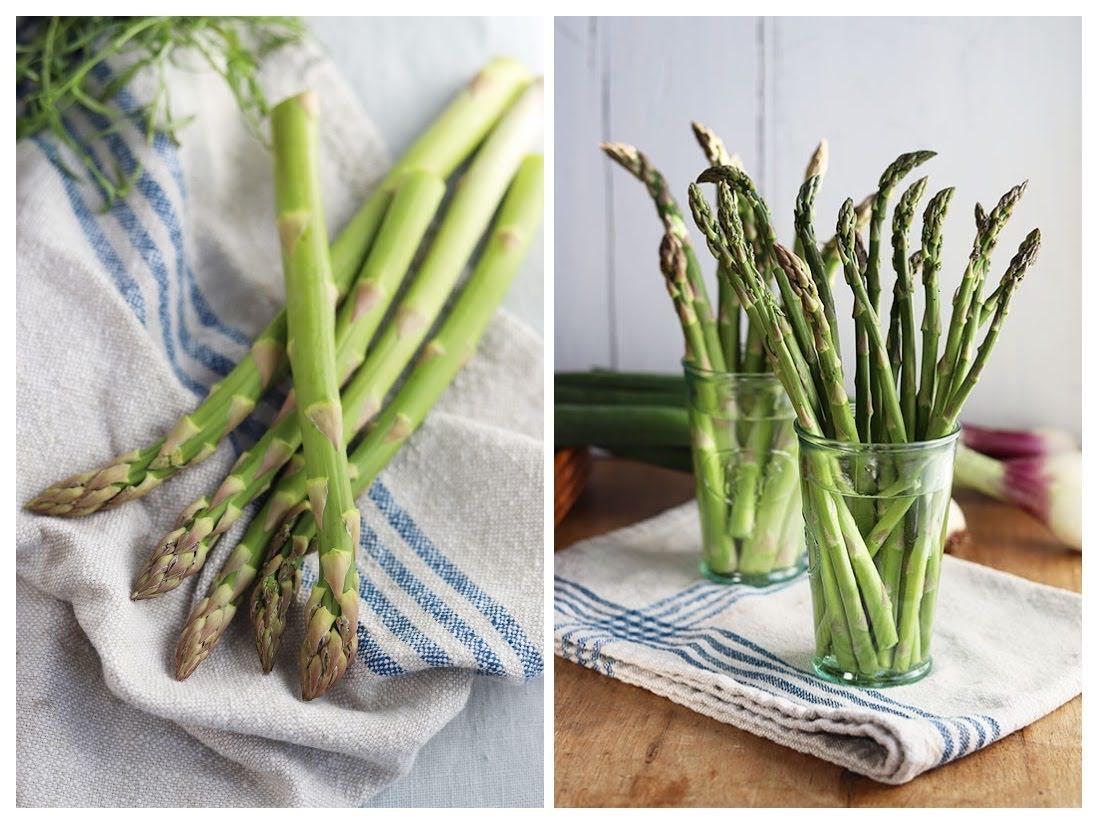Like a lot of washashores, I have moved frequently since arriving on the rock thirteen years ago. The worst part hasn’t been packing up my gazillion books or begging friends with trucks to help me move. It’s been leaving my gardens – especially my asparagus patches, which I never stick around long enough to see mature.
The ignominy of all this is that it’s a lot of work to get the darn asparagus bed going in the first place. Digging, measuring, more digging, compost hauling. And then you’re not supposed to harvest anything the first year, and for no more than two weeks in the second year, and three weeks in the third. So after that window of a few weeks passes each year, you have to watch your asparagus spears poke out of the ground, get to perfect cutting size, and then keep growing until the tips bud and splay into bushy, ferny foliage. Sure, the foliage is pretty, but edible? No. On the upside, patient gardeners will be rewarded with a perennial asparagus bed that can live twenty years or more. (And yes, they can harvest as much as they like every year!)
That’s why I’m going to try planting an asparagus bed one more time. Despite my peripatetic nature, I’m convinced I’m going to stay put in my current home for more than a couple years!
In the meantime, I’m perfectly happy to avail myself of Morning Glory Farm asparagus (both green and purple) from the minute it arrives in late spring until the last spears are harvested in June.
What’s wonderful about picking asparagus up at the farm stand is that I can pair it with other spring vegetables and herbs at the same time – things that seem to go naturally with asparagus because they’re harvested in the same season. When the first spring onions come in, I snap them up for their sweetness and crunch. (Spring onions are onions that have bulbed up but haven’t matured to the point of having a papery skin and a winnowed neck. They still have leaves and look like giant scallions.) Early baby bok choy, asparagus, and local shiitakes make great stir-fries. Sometimes the asparagus hangs around long enough to pair with the first baby potatoes.
Some of Morning Glory’s asparagus beds are decades old, so I find many of their spears are on the thicker side. But unlike the grocery store, where bunches are uniform, you may also get a bunch with both thick and thin spears. While some folks swear that thicker asparagus is tastier (and I happen to lean that way), there really isn’t enough of a flavor difference to fuss over.
What does matter is freshness. Never buy asparagus with slimy tops. It happens more than it should at stores that bring in large amounts of asparagus from far away and then don’t sell it quickly enough. (Obviously we’re not talking about Morning Glory here, where the asparagus is usually only a few hours old!) One thing that goes hand-in-hand with slimy tips is a bad smell (nice, huh?), so use your eyes and nose to check. Asparagus with shriveled stems aren’t ideal either, but possible to work around if necessary. The best thing you can do to keep your asparagus fresh at home if you’re not cooking them right away is to store them standing up in a glass or jug of water in a cool spot.

The size of your asparagus can help you decide what technique you’ll use to cook them. Thick asparagus are great for stove-top braising: brown them first in a little butter, then add a little liquid, cover loosely, and cook until tender. Medium asparagus are best for grilling since they will cook through and brown up at the same time. Thin spears work well in salads or par-cooked to use in other recipes.
My favorite way to cook asparagus – stir-frying or high-heat sautéing – has two advantages: it works equally well with thick and thin asparagus, and it caramelizes the asparagus without rendering it completely limp. The trick is to cut the spears, no matter how thick, on a very sharp bias. The pieces look pretty, cook quickly, and present just the right amount of browning surface.
I like this method so much that I’ll often use it as a first step in another recipe. Over the years I’ve added sautéed asparagus to frittatas and omelets, to savory bread puddings and savory pancakes, to pasta and rice dishes, and to quiches and tarts.

In fact, the recipe I’ve included here for a spring asparagus tart (using puff pastry – hurrah!) actually starts with a very quick stir-fry of asparagus, spring onions, and a bit of sliced salami. The heat releases moisture in the vegetables and starts the flavor-building process, but I cut the stir-fry short as these ingredients, destined to be the top layer of the herbed ricotta and Parmigiano tart, are going to cook more in the oven. If you needed a quick supper side dish, you could prepare that same three-ingredient stir-fry, cook it a few minutes longer, and serve it topped with Parmigiano and some lemon.
It seems that asparagus are so versatile in the kitchen (see “Flavors Asparagus Loves” below) that perhaps everyone should have his or her own asparagus patch. Now why didn’t I think of that?
Flavors Asparagus Loves
Young fresh cheeses: goat cheese, ricotta, Mermaid Farm fromage
Bloomy rind cheeses: Brie or Grey Barn Eidolon
Spring herbs: mint, tarragon, chives, parsley, cilantro
Alliums: leeks, spring onions, shallots, scallions, garlic
Aromatics: fresh ginger, lemongrass, horseradish, citrus of any kind
Salty or umami ingredients: black olive tapenade, sun-dried tomatoes, shiitake mushrooms, black bean or chili paste
Cured pork: bacon, pancetta, salami, prosciutto
Other good pairing ingredients: eggs, grains, toast, salmon, mushrooms of any kind








